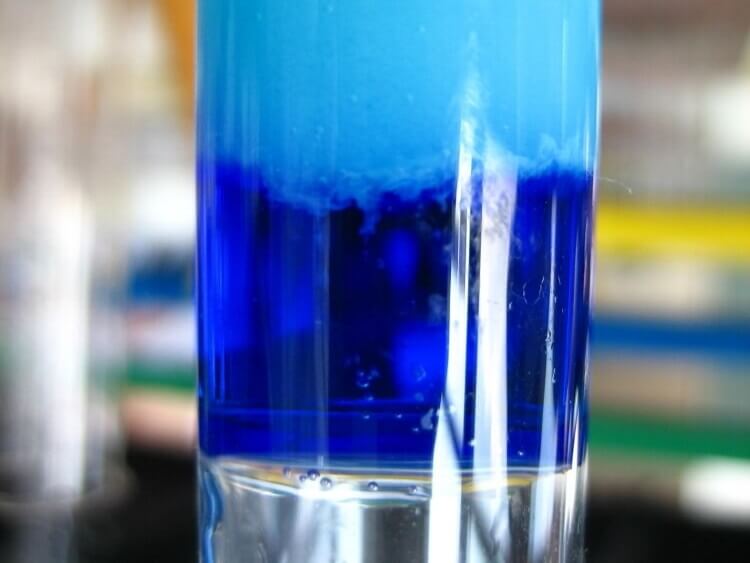7132
TNF Receptor I Antibody
TNF Receptor I Antibody
50 kDa
P19438
Rabbit
H, M, R
381-430
1 mg/ml
TNFRSF1A
anticorps
IHC ELISA
Polyclonal
142680/191190
Unmodified/Total
Hs.279594/Hs.713833
Stable at -20°C for at least 1 year.
TNF Receptor I Antibody detects endogenous levels of total TNF Receptor I protein.
The antiserum was produced against synthesized peptide derived from human TNF Receptor I.
The antibody was purified from rabbit antiserum by affinity-chromatography using immunogen.
CD120a; p55; p60; TBPI; TNF-RI; TNFAR; TNFR1; TNFRSF1A; TNR1A; tumor necrosis factor receptor superfamily member 1A
Rabbit IgG in phosphate buffered saline (without Mg2+ and Ca2+), pH 7.4, 150mM NaCl, 0.02% sodium azide and 50% glycerol.
If you buy Antibodies supplied by Assay Biotech they should be stored frozen at - 24°C for long term storage and for short term at + 5°C.
Tumor necrosis factor (TNFa, tumor necrosis factor alpha, TNFα, cachexin, or cachectin) is a cell signaling protein (cytokine) involved in systemic inflammation and is one of the cytokines that make up the acute phase reaction. It is produced chiefly by activated macrophages, although it can be produced by many other cell types such as CD4+ lymphocytes, NK cells, neutrophils, mast cells, eosinophils, and neurons. TNFb or TNF beta also bin on TNF receptors for Th1 activation.
The receptors are ligand binding factors of type 1, 2 or 3 and protein-molecules that receive chemical-signals from outside a cell. When such chemical-signals couple or bind to a receptor, they cause some form of cellular/tissue-response, e.g. a change in the electrical-activity of a cell. In this sense, am olfactory receptor is a protein-molecule that recognizes and responds to endogenous-chemical signals, chemokinesor cytokines e.g. an acetylcholine-receptor recognizes and responds to its endogenous-ligand, acetylcholine. However, sometimes in pharmacology, the term is also used to include other proteins that are drug-targets, such as enzymes, transporters and ion-channels.
